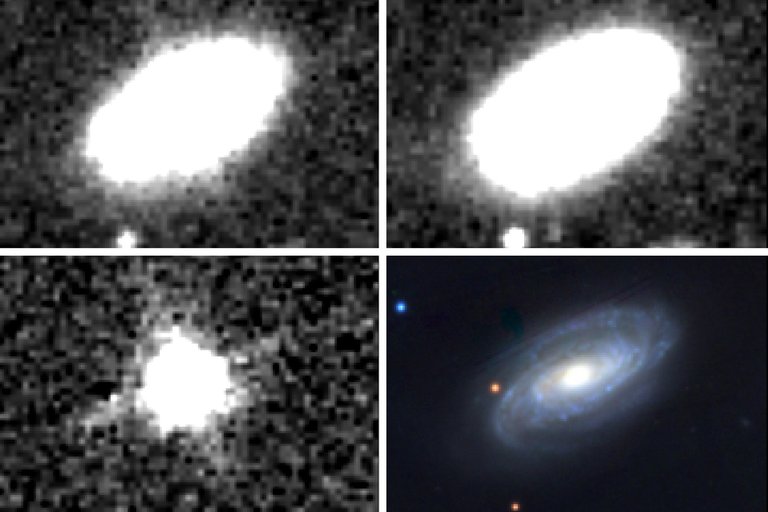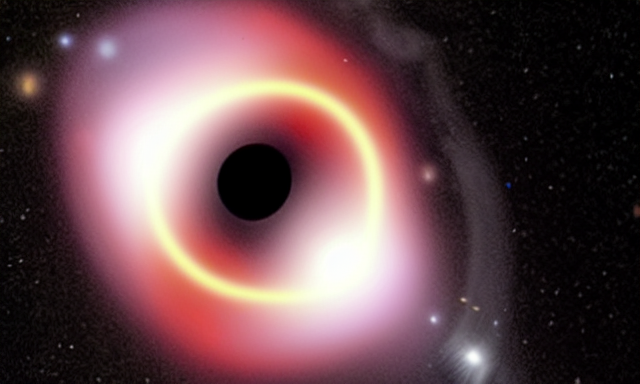A universe with a lot of “hungry”
A universe with a lot of “hungry”

Image created by me in playgroundai
The planets that orbit close to their star seem to be common in stars similar to the sun, some of the size of Jupiter and larger have been found, they are scorched planets and doomed to be devoured by their star, however, the final moment of the event of the destruction had never been directly observed until now.
Astronomers compare the explosion to that of a Nova, but instead of exploding a star, which is what normally happens in a Nova, what happened in this case was the destruction of a planet, which is why they have given it the name sub red Nova. luminous.

Souce
A planet devoured by its star and a few days before at the end of April, a team of astronomers from MIT, Massachusetts Institute of Technology announced that they had captured a black hole devouring a star.

Image created by me in playgroundai
Astronomers calculate that once every 10,000 years or so the center of a galaxy is illuminated when its supermassive black hole rips apart a star that has come too close, a phenomenon called a tidal disruption event that occurs literally in an instant as that the central black hole pulls in stellar material and expels enormous amounts of radiation in the process.
Thank you for visiting my blog. If you like posts about #science, #planet, #politics, #rights #crypto, #traveling and discovering secrets and beauties of the #universe, feel free to Follow me as these are the topics I write about the most. Have a wonderful day and stay on this great platform :) :)
! The truth will set us free and science is the one that is closest to the truth!
0
0
0.000
0 comments